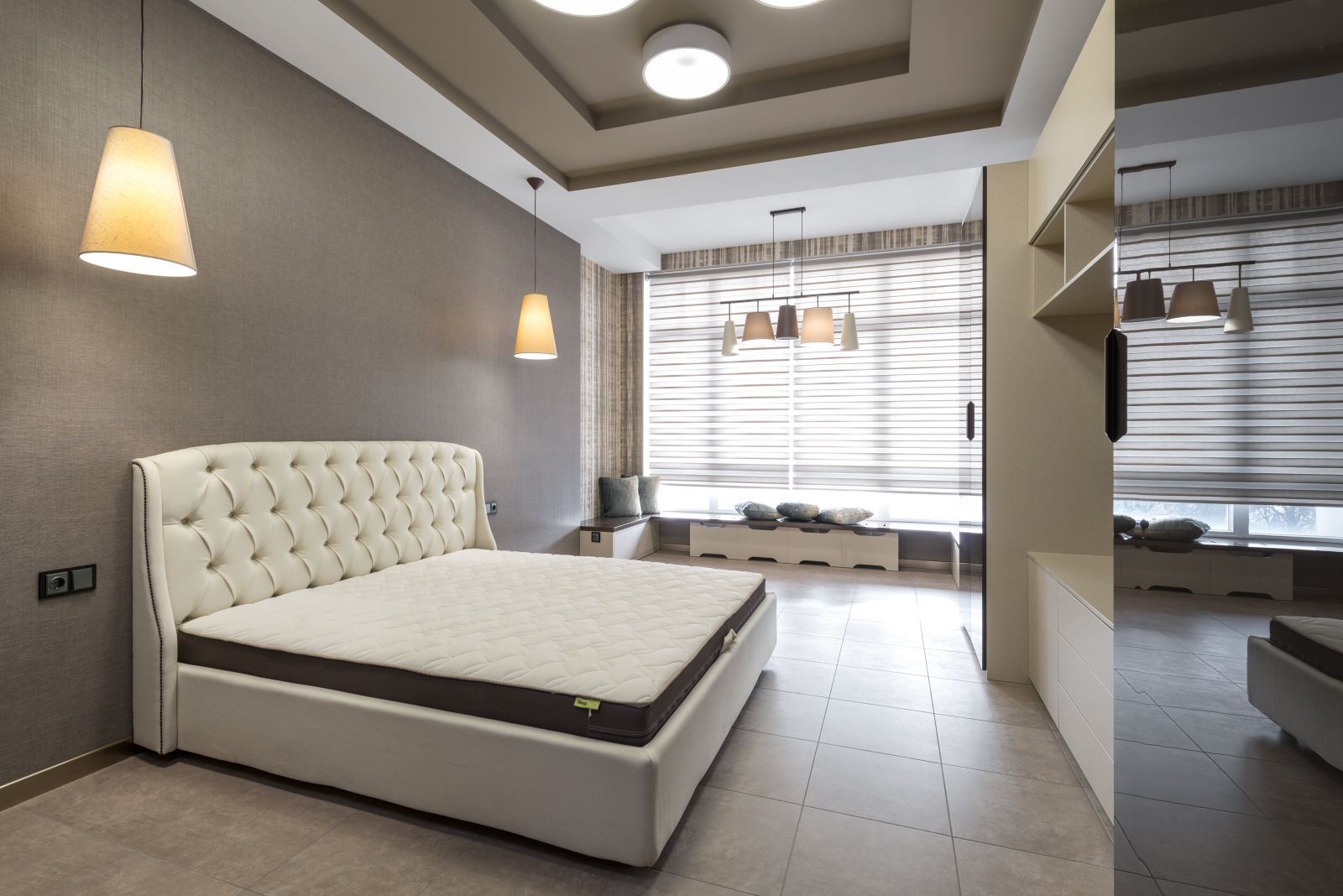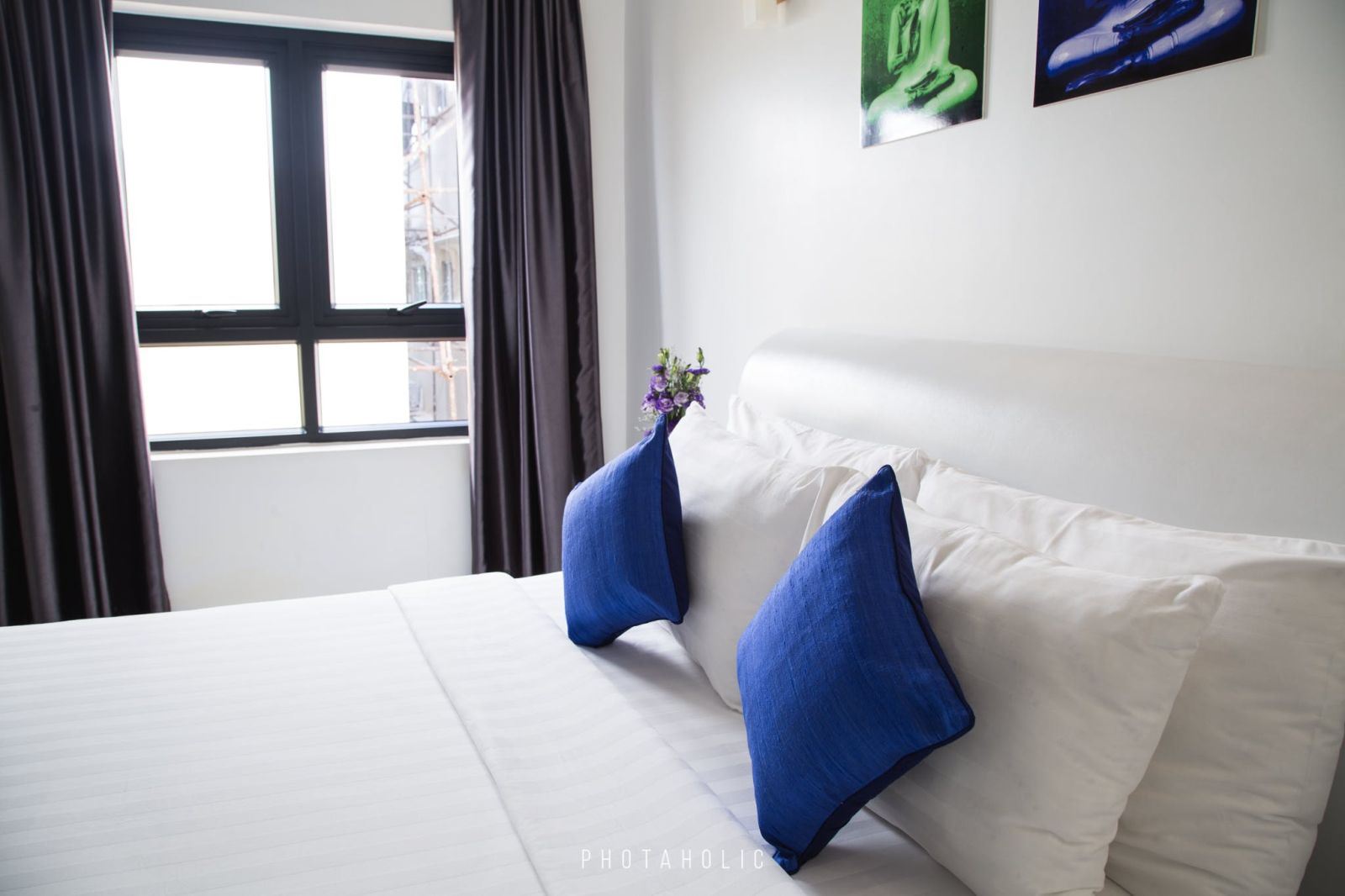Sleeping Soundly: How To Choose the Right Mattress Topper
Author: Manchester Collection Date Posted:14 November 2023

With a mattress topper, you can adjust the firmness of your bed and regulate the temperature, and it even protects your mattress from wear and tear. The only challenge is to find the perfect mattress topper for your sleeping preferences. And that is precisely why we wrote this guide – to help you find the perfect mattress topper. By the end, you will know the different kinds that exist, their characteristics, and what you should focus on when choosing a mattress topper. But before we get to all of that, let’s quickly clear up a common confusion.
Mattress Topper vs. Mattress Pad
While they seem extremely similar, mattress toppers and pads don’t serve the same function. Mattress toppers are typically thicker than mattress pads and are primarily designed to enhance the comfort and support of your mattress. They add an extra layer of cushioning to modify the firmness or softness of your bed and protect your mattress.
Mattress pads, on the other hand, primarily serve as protective layers for your mattress. They are thinner and often come with a fitted skirt or elastic straps to secure them to your mattress. Pads are primarily designed to safeguard your mattress from spills, stains, dust, and allergens.
In short, mattress toppers are made for comfort and mattress protection, while mattress pads are made for mattress protection and provide a small degree of additional comfort. If you are looking for products to improve the quality of your sleep, you are looking for a mattress topper.
With that out of the way, let’s get back to our main topic.
The Benefits of Using a Mattress Topper
We mentioned the benefits of mattress toppers at the beginning, but let’s take a closer look.
Improve Comfort and Support by Adjusting the Firmness
One of the primary benefits of using a mattress topper is the ability to fine-tune the firmness of your bed. Whether you prefer a plush, cloud-like feel or a firmer, more supportive surface, a mattress topper can help you achieve the perfect balance. Combining the right mattress topper with the right pillows is sure to give you a comfortable night's sleep.
Protect Your Mattress from Wear and Tear
Your mattress faces daily wear and tear from the weight of your body and exposure to environmental factors. A mattress topper acts as a protective shield, extending the life of your mattress by absorbing the impact of daily use and preventing stains and damage.
Temperature Regulation
Some mattress toppers are designed with temperature regulation in mind. They can help keep you cool on hot summer nights or provide added warmth during the winter months. Temperature control is a crucial factor in achieving restful sleep and the right mattress topper can make a significant difference.
But don’t forget about your linens! Bedding for summer and bedding for winter is another consideration when designing your perfect sleeping experience.
Types of Mattress Toppers

Now, we get to the gist of the matter. Here are the five most common types of mattress toppers, their characteristics, and pros and cons.
Memory Foam Mattress Toppers: Contouring and Pressure Relief
Memory foam mattress toppers are renowned for their ability to conform to the shape of your body, providing excellent support and pressure relief. The viscoelastic foam adapts to your body's contours, reducing pressure points and promoting deep sleep. Memory foam is also excellent at isolating motion, making it a great choice for couples.
Pros:
- Exceptional Contouring: Memory foam conforms to your body's shape, reducing pressure points and promoting better sleep.
- Motion Isolation: It minimizes motion transfer, making it an excellent choice for couples.
- Durability: High-density memory foam toppers can last for several years.
Cons:
- Heat retention: Memory foam tends to trap heat, which can lead to discomfort for hot sleepers.
- Off-Gassing: Some memory foam toppers may emit a temporary odour when first unpacked.
- Weight Sensitivity: Memory foam may not be as responsive for lighter individuals.
Latex Mattress Toppers: Responsive Support
Latex mattress toppers offer a responsive sleep surface. They are hypoallergenic, resistant to dust mites and mould, and known for their durability. Latex provides consistent support and is highly breathable, making it an ideal choice for those who tend to sleep hot.
Pros:
- Hypoallergenic: Latex is resistant to dust mites and mould, making it an excellent choice for allergy sufferers.
- Durability: Latex toppers are known for their long lifespan.
- Breathability: Latex provides excellent airflow and temperature regulation.
Cons:
- Price: Latex mattress toppers can be relatively expensive compared to other options.
- Weight: Latex toppers are heavy and may be challenging to move or adjust.
- Initial Odour: Like memory foam, latex may have a mild odour initially.
Feather and Down Mattress Toppers: Softness and Warmth
Feather and down mattress toppers are all about indulgent softness and warmth. Made from natural materials, they offer a cosy and plush sleeping surface. These toppers are excellent for adding an extra layer of insulation during colder seasons.
Pros:
- Plush Comfort: Feather and down toppers offer a luxurious and soft sleeping surface.
- Natural Insulation: They provide extra warmth, making them ideal for colder seasons.
- Lightweight: Feather and down toppers are generally easy to manoeuvre.
Cons:
- Allergies: Not suitable for those with feather allergies or sensitivities.
- Flattening over Time: Feather and down toppers may lose their loft and require frequent fluffing.
- Potential for Poking: Feathers can occasionally poke through the cover, causing discomfort.
Wool Mattress Toppers: Temperature Regulation and Moisture-Wicking
Wool mattress toppers excel at temperature regulation. They can keep you warm in the winter by trapping heat and wick moisture away from your body to keep you cool in the summer. Wool is also naturally resistant to dust mites and other allergens.
Pros:
- Temperature Control: Wool naturally regulates temperature, keeping you warm in winter and cool in summer.
- Moisture-Wicking: Wool absorbs and wicks away moisture, preventing discomfort from sweating.
- Hypoallergenic: Wool is resistant to dust mites and other allergens.
Cons:
- Price: Wool toppers can be more expensive than some other options.
- Weight: They may be heavier and harder to manage.
- Limited Loft: Wool toppers may not provide as much cushioning as memory foam or feather toppers.
Microfiber and Synthetic Fill Mattress Toppers: Hypoallergenic Options
Microfiber and synthetic fill mattress toppers are hypoallergenic alternatives that provide plush comfort. They are less likely to trigger allergies and offer a soft and supportive sleep surface. These toppers are also easier to maintain and clean compared to natural materials.
Pros:
- Hypoallergenic: Synthetic fill toppers are less likely to trigger allergies.
- Affordability: They are often more budget-friendly than natural materials.
- Easy Maintenance: Synthetic fill toppers are generally easy to clean and maintain.
Cons:
- Less Luxurious Feel: Synthetic fill may not provide the same plushness as natural materials.
- Durability: Synthetic fill toppers may have a shorter lifespan than latex or memory foam.
- Limited Temperature Control: They may not offer the same level of temperature regulation as wool or latex.
How To Choose the Right Mattress Topper for You
Thickness and Density
When selecting a mattress topper, consider the thickness and density that suit your comfort preferences. Thicker toppers provide more cushioning, while density affects the level of support. Finding the right balance is key to a comfortable night's sleep.
Allergies and Sensitivities
If you have allergies or sensitivities, opt for hypoallergenic materials like latex, microfiber, or synthetic fill. These options are less likely to harbour allergens and are easier to keep allergen-free.
Mattress Size and Compatibility
Ensure that your chosen mattress topper fits your mattress size correctly. Most toppers are available in standard sizes, but it's essential to double-check the measurements to prevent any fit issues.
Durability and Maintenance
Consider the durability and maintenance requirements of the mattress topper material. Natural materials like latex and wool tend to be more durable, while synthetic options may require less maintenance.
Some Tips about Temperature Regulation

We’ve mentioned this point before, but temperature regulation is one of the key elements of peaceful sleep. And because different mattress topper materials offer varying degrees of temperature regulation, you should be very familiar with their characteristics before you make a choice. So let’s discuss each of them:
- Memory Foam: Memory foam tends to retain heat, so if you sleep hot, look for models with gel-infused or open-cell foam for better temperature control.
- Latex: Latex is naturally breathable, making it a good choice for temperature regulation. Talalay latex, in particular, is known for its cooling properties.
- Feather and Down: These toppers provide insulation, which can be warmer in colder weather but may not be the best choice if you tend to sleep hot.
- Wool: Wool mattress toppers excel in temperature regulation, wicking moisture away from your body to keep you comfortable year-round.
- Microfiber and Synthetic Fill: These toppers generally offer good breathability and temperature control, making them suitable for most sleepers.
Maintenance and Care Tips
How long will your mattress topper last? It depends on how you care for it. Each mattress topper material has specific care requirements:
- Memory Foam: Spot clean only with a mild detergent and water. Avoid saturating the foam. Regularly vacuuming the surface can help remove dust and debris.
- Latex: Latex toppers are easy to maintain. Regularly airing them out can help keep them fresh. Spot clean as needed with a mild detergent and water.
- Feather and Down: These toppers can be fluffed and aired out to maintain their loft. Use a removable cover to protect against spills and stains. Dry cleaning is typically recommended.
- Wool: Wool toppers may be machine-washed on a gentle cycle with a wool-specific detergent. Air drying is preferable to prevent shrinkage.
- Microfiber and Synthetic Fill: These toppers are generally machine washable. Follow the care instructions on the label for the best results.
Protecting Your Mattress Topper from Spills and Stains
Another way to prolong the life of your mattress topper is to invest in a quality mattress protector. These waterproof covers prevent spills, stains, and dust mites from reaching your topper, keeping it cleaner and more hygienic.
Storage and Preservation for Long-Lasting Use
Finally, if you need to store your mattress topper for an extended period, make sure it's clean and completely dry. Store it in a cool, dry place away from direct sunlight and moisture. Avoid folding or compressing the topper, as it can damage the materials.
Mattress Toppers for a Good Night’s Sleep
Choosing the right mattress topper is crucial in enhancing your sleep quality and protecting your mattress investment. Whether you opt for memory foam, latex, feather and down, wool, or microfiber, there's a topper out there to cater to your unique needs and preferences.
By considering factors like thickness, allergies, mattress size, and maintenance, you can enjoy the benefits of a well-chosen mattress topper for years to come. But you don’t have to stop there – while searching for a mattress topper, you should also consider the different types of bedding and blankets to finally find that elusive perfect night of rejuvenating sleep.
We wish you good luck in your search!
